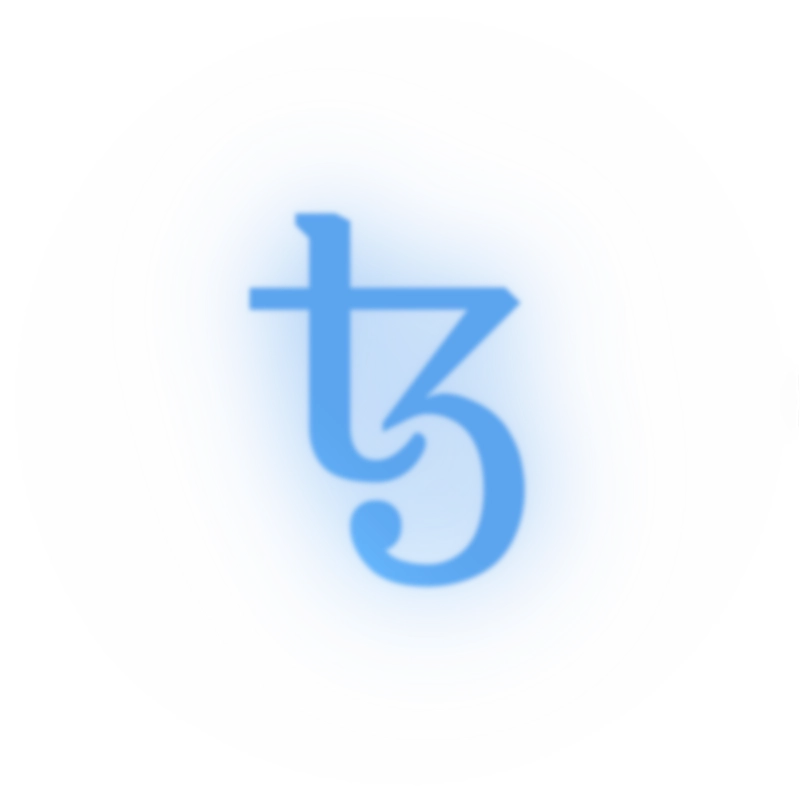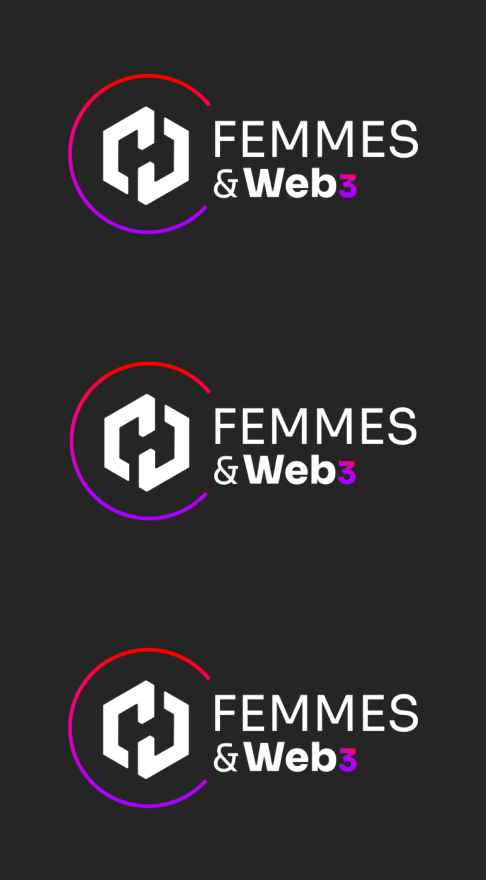Tezos is a project that aims to compete with Ethereum.
The team wants to propose a more reliable and secure protocol that would limit errors in smart contracts.
To achieve this, it has decided to use different languages to facilitate code verification.
The company carried out an ICO (cryptocurrency fundraising) in September 2017, which amounted to 232 million in BTC and ETH.
Liquid Proof-of-Stake
As a public blockchain, Tezos gives transaction validators an economic incentive to secure the network via a purely Proof-of-Stake system, rather than Proof-of-Work.
In particular, this system enables holders of the XTZ token, the platform’s native asset, to easily access their share of the system’s monetary creation.
On-chain governance
Unlike Bitcoin or Ethereum, the Tezos protocol incorporates a protocol improvement process that asks XTZ token holders to vote for the improvements they would like to see added.
This ensures that, in the event of a protocol fork, the chain used is the authentic one.
Upgrade designers can attach an invoice to be paid by additional money creation, which provides an inherent economic incentive to upgrade the protocol.






































